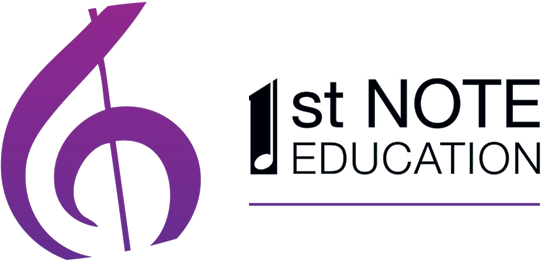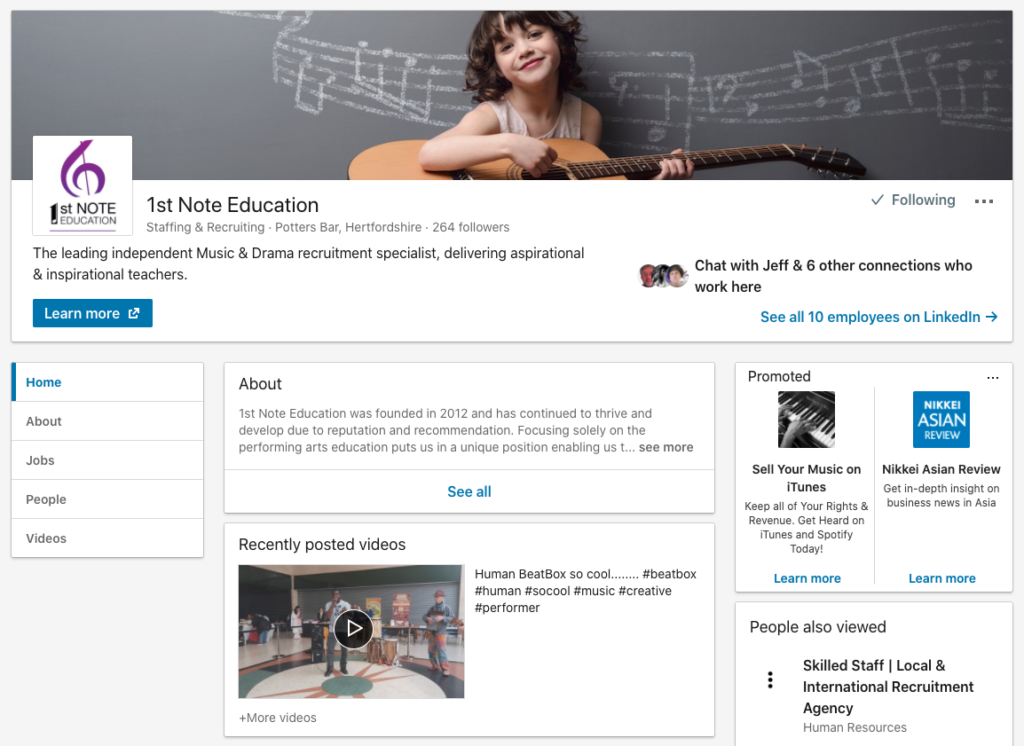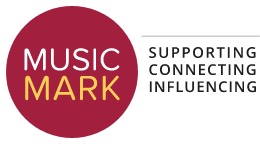Safeguarding – Know your children!
Haven’t you noticed how Ramin keeps hitting people all of a sudden? Katie keeps crying for no apparent reason and sitting slightly away from the rest of her class mates. Charlie is struggling to keep eye contact when I chat to him about his schoolwork… and Khadija puts her hands over her ears when we listen to slightly loud music. Little signs in the classroom can be the discovering point of big issues that are happening in or out of school. As caring and nurturing teachers we are with these children on a regular basis and should instantly pick up on any irregularities. As pastoral figures, it is also our duty to make sure that the children we teach are safe and well looked after both at school and at home. However this is not always the reality of the situation, and so often in the news we hear of stories whereby children have been seriously mistreated and neglected. Safeguarding is the topic for this week and next week’s blog (next week’s blog will be posted on Tuesday 12th April instead of Friday 15th). In the cruel world that we live in today, safeguarding tops the list of priorities and this includes ‘ALL’ teachers, NQTs, TAs, LAs, and all surrounding staff. All teachers are in the job because they primarily love working with children, and any teacher that disagrees with this fact should resign!
Take a look at these questions…
How observant are you? How well do you know your classroom children? Could you spot irregularities in your classroom children that might ring alarm bells? Could you find issues with other children you teach or know?
Every week I offer you tips and advice on the general practice of teaching, and you as the reader have the option to use these tips or pass them by as you please. After all, I am not for telling you how you should teach… that’s for Ofsted ;0)
This week though, I think it should be noted that all of us as teachers need to be clear on safeguarding and question ourselves on whether we are doing enough to make sure children are safe both at school and at home. It’s about doing the right thing at the right time… I.E. making sure we know what to look out for responding to it promptly and reporting it correctly to the appropriate persons in charge of safeguarding in your school.
For a mere £20, the NSPCC provides a 3 hour (approx.) online safeguarding course that offers full coverage of what to look for and how to log it correctly. You cannot go wrong taking this course on and a certificate is provided for you to print after completion. This is a must for anybody who has never done a safeguarding course before, or who is a bit unsure of what signs and signals to look out for. Follow this link to find out more about the course or even take the course.
https://www.nspcc.org.uk/what-you-can-do/get-expert-training/child-protection-schools-online-course/
Each school SHOULD be designated with at least two members of staff that you can report to, should you notice something not quite right with a member of your class.
Remember… NEVER leave a situation you do not trust unresolved. If you report even the smallest of changes it can make all of the difference. If there is nothing to it, at least you did the right thing by notifying the right people for them to check. And if there were underlying issues with a child, you may have just helped that child out of horrible circumstances. Either way, safe in mind too, you know you did the right thing!!
Next week’s blog will continue from here, giving you signs to look out for and what to do in situations.
On a lighter note… I hope everyone is having a nice Easter break
Andy T









